Graham Reid | | 5 min read
Arve Henriksen: Inside Tea-House
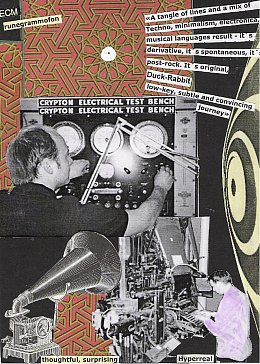
Thelonious Monk said, "Jazz and
freedom go hand in hand”. We can guess he meant freedom in a
political sense, because jazz is about individual expression and in
that regard was a vehicle for the aspirations of his people.
It's about freedom and post-Monk found
its voice in free jazz.
Free jazz is much maligned, largely
because it’s difficult to assimilate and it’s possible for
charlatans to masquerade under its banner. As with any art, but
especially the abstract arts, if you don’t like it the rejoinder
from young artists -- condescending always -- is, “You don't
understand it”.
Bullshit.
It’s entirety possible to consider a
work of art, and then reject it for many educated reasons. Rejection
doesn't mean you didn’t "understand" it. But as cultural critic
Robert Hughes noted, these days artists of all persuasions aspire to
fame and if they haven't made it by 25 they consider themselves
failures. Easier for them to try to marginalise your opinion than deal with the uncomfortable fact that what they do might be rubbish.
The seduction of fame is
understandable, but as Peggy Noonan, a former speechwriter for Bush
the Elder once said, “I have never seen star treatment ennoble its
object".
One thing free jazz musicians know is
they will seldom be accorded star treatment. They are on the margins
of a minority art and people -- educated or otherwise -- either don’t
get it or reject it. A few do.
So why does anybody do it? Because
“jazz and freedom go hand in hand”.
When free jazz appeared in the Sixties it had political momentum. It was the natural extension of the musically
liberating bebop movement which preceded it and had as its touchstone
Ornette Coleman’s seminal Free Jazz album of 1960, which pointedly
came with a Jackson Pollock abstract on the cover .
Thereafter followed some exceptional
musicians: the Art Ensemble Of Chicago, Andrew Cyrille, John Spider
Martin and many others.
By the mid Seventies however, free jazz
had nowhere left to go because it was predicated on the idea that it
was necessarily progressive.
But once you’ve abandoned
predetermined melodies, chords and rhythms there’s only so much
exploring you can do. It’s interesting the best practitioners of
the Sixties and Seventies often reached back to the roots of jazz in New Orleans and the blues for references in a way that many younger players -- generations removed from those sources -- don't or cannot.
Free jazz isn’t dead but exists in a
different form from the hammering percussion, squealing sax style
that so many once adopted, was tediously imitated, and ultimately turned
into a cliche or parody.
The ECM label, helmed by German
producer Manfred Eicher, has long had a reputation for chilly,
melodic and ethereal jazz -- but it was also the long-time home of
the Art Ensemble Of Chicago and various other free jazz musicians.
So in the early 2000s it was no
surprise the album by saxophonist John Surman and percussionist Jack
DeJohnette, Invisible Nature, was free improvisations recorded live
in Finland and Berlin.
But this wasn’t squawk'n'squall
stuff. Over the occasional bed of synths (by Surman) the saxophone probes
while DeJohnette’s minimalist playing drops in odd punctuations.
This was not predetermined, but here were two
mature artists with deep melodic wells and ideas to draw on. And that
made it very special indeed.
The tracks are lengthy -- the shortest
six and a half minutes, the longest 16 -- because these are musical
journeys, and Surman unashamedly makes brief melodic references to
many points in jazz history. Yep, there’s some train wreck energy
in places, but mostly this is considered, free jazz expressed with
discretion and taste.
It was and is exceptional.
ECM around this time also picked up for
distribution the excellent and beautifully packaged Norwegian label,
Rune Grammofon, an electronica label which also has that similar
sense of freedom.
Founder Rune Kristoffersen appears
under the name Monolight and his Free Music album is a beautifully
crafted gem.
There is a mild Brian Eno influence
evident (the first track is Enoesquely entitled Stranded in Narrow
Air) but his lightly pulsing electronics and synths have a quizzical,
searching quality that is hugely attractive. It isn’t all
bubble''n'bleep, more like discreet layers of sound where what's
omitted speaks as loudly as what's included. And there’s some
minimalist repetition like early Philip Glass. Very cool on
headphones.
Trumpeter Arve Henriksen (who also
plays harmonium, church organ and vocalises) gets a distinctive tone
out of his instrument, much like a Japanese bamboo flute, an effect
reinforced on his debut solo album for Rune, Sakuteiki by reference
to Asian melodies.
His improvisations bring to mind Jon
Hassell’s 1981 album, Dream Theory in Malaya, but with less
attachment to continuous melody. Henriksen crafts sonic sweeps, some
deliciously thin and fragile, and the whole thing is a gorgeous,
subtly textured album which was recorded in various churches and a
museum to give depth and resonance to the sound. It remains much
recommended.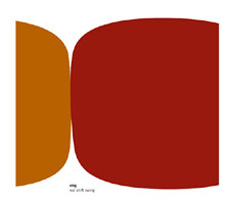
Alog is the nom de disque of Espen
Sommer Eide (percussion, flute, trumpet, electronics) and Dag-Aure
Haugan (keyboards, guitar tapes). Their two Rune Grammofon albums,
Duck-Rabbit and Red Swing Shift, probably don’t fit under the label "jazz". They are improvised, but sometimes have references in
country (most of Red Swing Shift could have snuggled onto Neil
Halstead’s Sleeping On Roads as backing tracks), astral-flight art
rock of the best kind, and landscapes of the mind. And Duck-Rabbit is
slightly disconcerting too.
Whatever these are -- and they will
mean many things to many people, much like free jazz – they are
quietly terrific.
These are albums of apolitical, free,
improvised music, but unlike much free jazz of the Sixties and
Seventies, here the head rules the heart. The Surman/DeJohnette album
should persuade most free jazz naysayers, and if improvised ambient
electronica is to your taste then the Rune Grammofon label deserves
serious attention.
You don’t even have to “understand”
where any of this stuff is going, but it’s likely you'll enjoy the
ride.

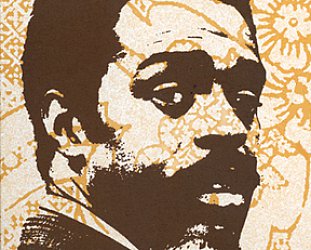
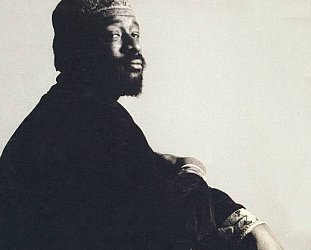
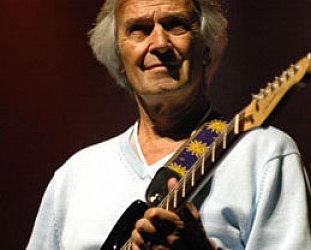
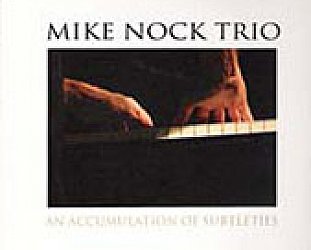
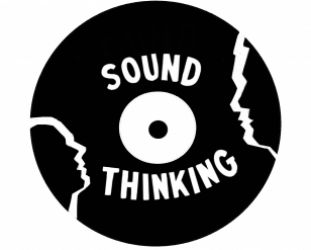
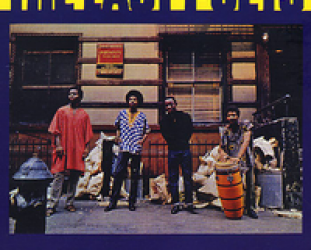
post a comment